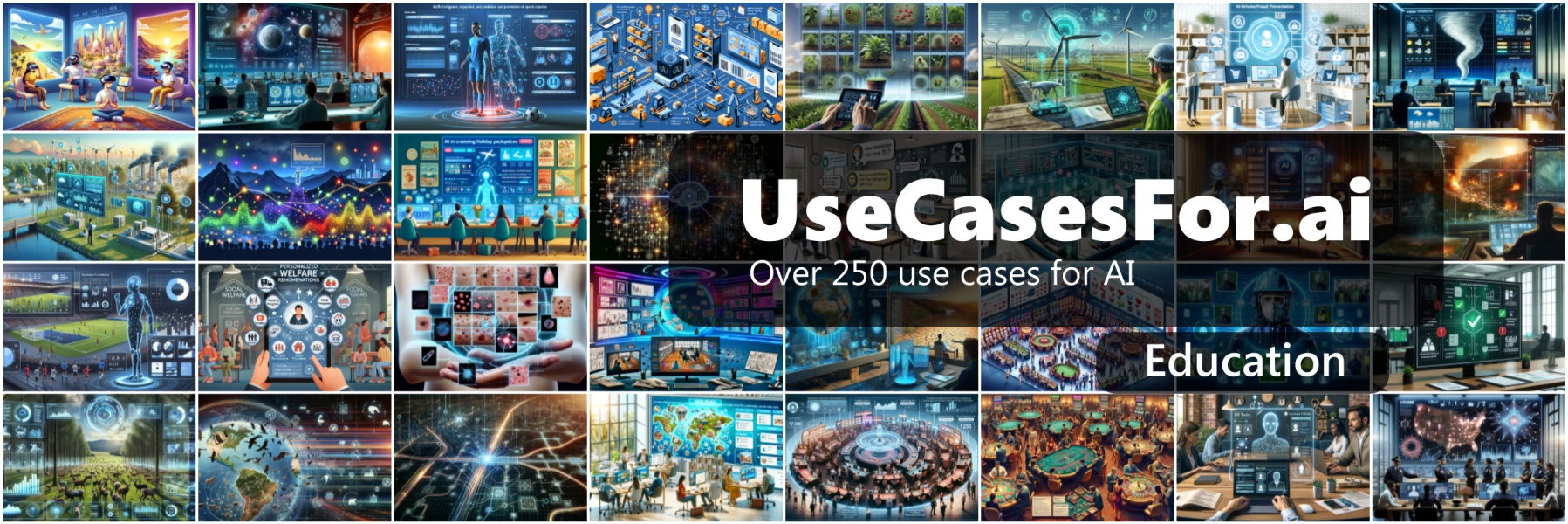Erin Meyer's book The Culture Map really opened my eyes to the diversity in attitudes and working practices in different cultures and I believe has improved my ability to work with and understand other cultures and their approach to work and collaboration.
In her book, Erin cites many examples of how teams and colleagues from different cultures have misunderstood one another, the underlying cultural reasons why and suggests methods for improved cross-cultural collaboration.
For example..
In an example about context and holistic thinking, Erin talks about one study where different cultures were asked to take a photo of a person. Americans consistently took close up photos of their subject, often a headshot, whereas Japanese participants showed the person in the middle of a room providing more context, with the Japanese adamant that the only way to understand the person is to view them in their wider context.
Erin also discusses how different cultures put their points across in meetings. In many cultures particularly French and German it is customary to go into a lot of depth exploring many facets before discussing the main points or making decisions in a meeting. Whereas the American and British tend to arrive at a decision more quickly and start to form a plan around it and often don't go into depth around how the decision was arrived at.
In her explanations Erin refers back to scales that map the tendencies of different cultures with regards to
- Communicating - Is communication done with little (inferred) or much (explicit) context?
- Evaluating - Is feedback given directly or indirectly?
- Leading - Is leadership a joint affair or very hierarchical?
- Deciding - Are decisions made in committee or very top down?
- Trusting - Is trust formed from past tasks or from more personal relationships?
- Disagreeing - Are differences of opinion confronted head on or not?
- Scheduling - Is time perceived as strict or fluid?
- And Persuading - Is meticulous evidence used first or a much wider context?

Erin recommends using these scales and mapping cultures you work with (including your own) to help identify differences so that they can be taken into account.
I found different cultures approach to decision making and authority fascinating. In Japan when you have an idea, it is customary to use the Ringi system whereby peers are invited to feedback on the idea and when there is consensus, give it to their manager to approve and do the same with their peers and so on until the proposal has been escalated to the appropriately senior person to give final approval. Whilst this may be slower than some decision making mechanisms in other cultures, and has the drawback that once an idea has momentum, it is difficult to stop, it does have the benefit of getting so many people on board that when it comes time to implementation, implementation is fast and efficient.
When it comes to disagreements, the vast differences in cultural approach is astounding. In Japan it is unheard of to disagree with more senior people during a meeting. In this case, often discussion needs to happen in the absence of the boss. Whereas in Dutch and Israel cultures it is expected to have every statement challenged and pulled apart, not for any negative reason, but solely to ensure sufficient discussion and understanding happens. Often this can be misinterpreted and taken personally by people from other cultures.
Erin gives examples of why it is important to understand the cultures you are working with, else risk making faux pas including one example where a new American senior manager inadvertently shamed his new Chinese team by cycling to work. An activity done by the lower classes.
Erin also delves into the historic reasons why some cultures have developed to behave the way they do. For example Italy is very hierarchical (as opposed to egalitarian) a remnant from the vast Romain empire that was managed by centralized systems. This is very different from the Scandinavian countries that were heavily influenced by Vikings and their egalitarian decision making systems where tribes would agree a course of action together. Scandinavian countries to this day continue to be some of the most egalitarian in the world.
Chinese culture that is heavily influenced by Confucianism, maintains its heavy reliance on patriarchal society where fathers look after the family and older siblings younger siblings and resulted in a very hierarchical society and prescribed roles.
Americans whose not so distant pioneer ancestors tamed the North American wilderness, had to adapt quickly to their situations, not invest too much in any single course of action and constantly change plans. Flexibility and adaptability was important to survive. To this day, it could be said that Americans arrive at a decision quickly and pursue it strongly (until a better decision comes along).
In fact decisions are something that are perceived differently and cause confusion in different cultures with Erin discussing big D or little d decisions. To some cultures a decision is something that is set in stone, whereas in others they are a lot more ephemeral and temporary. She sites examples where Americans have stated "Decision made" with people from other cultures only to find the decision has changed in the next meeting. In fact in some cultures, meetings are less about arriving at decisions; decisions are largely arrived at outside of formal proceedings and meetings are used to discuss how the decision will be implemented.
The book is also full of lots of wonderful facts and anecdotes from different cultures.
For example the Chinese think from macro to micro, and the British from micro to macro. Hence why in England, addresses start with house number, street, town, city, county etc whereas in China it is the other way around. Chinese also put their surname first and the year first in dates.
In Japan it is expected for workers to go drinking in the evenings to socialise and let down their hair and their guards. This forms relationships. If people don't partake in this they would not be trusted by others.
In China you should invest time and energy into developing personal relationships and Guanxi if wanting to make progress. Usually outside of the business environment.
In Saudi Arabia, relationships are very important, where people rely on wasta (personal connections) to get things done.
The Japanese will place much emphasis in "reading the air" (a fantastic phrase IMO!) whereby as much emphasis is placed in what is not being said, and what can be read between the lines as to what is actually being said.
Summary
This book, if nothing else, makes you question your own attitudes to your working practices, and reminds you that how you and your culture works is only one way on a spectrum of wide ranging ways of working adopted by different cultures around the world.
And it equips you with not only an open mind, but culture specific insight when it comes to collaborating with colleagues and teams from other cultures, giving your cross-cultural exchanges the greatest chance of success.
I'd very much recommend it and will rank it quite highly on my all time favourite book list.
-- Lee
















